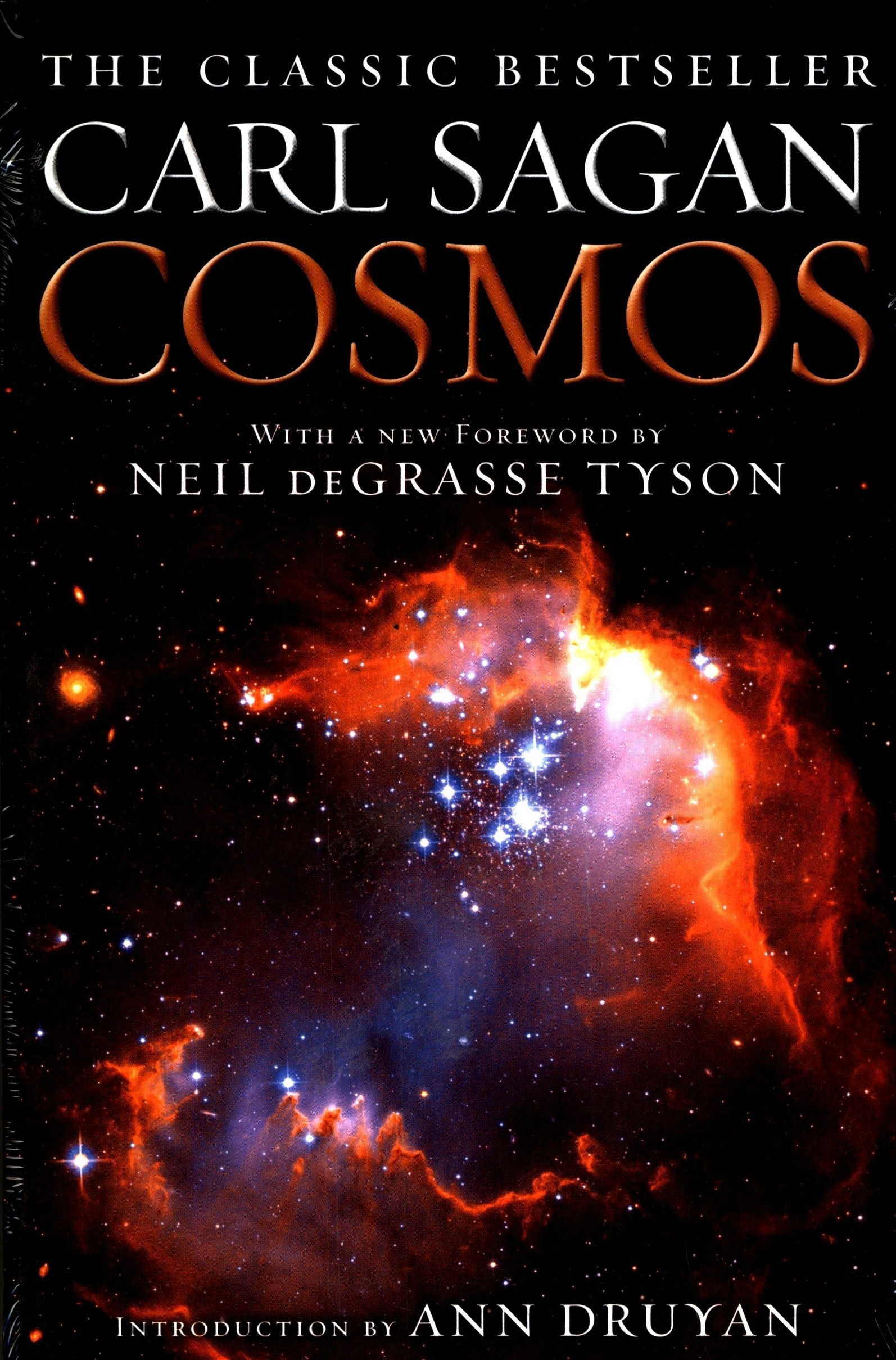

As his ship sails over the monolithic volcano that we’ve named Mount Olympus or through the trenches of the Valles Marineris, you thrill to the point of tears from knowing that we, as a civilization, are even capable of seeing such sights and knowing such things.


It’s an emotional moment, whether or not you know Sagan’s personal connection to the Red Planet. He stands to greet Mars as it fills the viewscreen. He cruises past Pluto (still a planet back then), Uranus, Neptune, Saturn, and Jupiter. Sagan then wanders home, somewhere on the outer arm of the Milky Way, stopping a few times to observe an exploding sun, a strobing pulsar, and a planet with civilization visible from a space - a speculative vision, expressing Sagan’s belief that we can’t possibly be alone in the universe. Here, on the cliffs, Sagan boards his ship of the imagination, shaped like a dandelion seed head, and takes us into deep space, about halfway across the universe. (Because you can watch it online, and in the spirit of radical Radical relativity, I am going to talk about the Cosmos of yesterday in the present tense.) It begins on the coast of Northern California – beachhead for This Island Earth in the infinite ocean of the space. The premiere episode of the original Cosmos has a stream-of-consciousness quality to it, but there’s actually some provocative structure to it. And I was certain that this interest could be excited through that most powerful communications medium, television.” In the companion book to Cosmos, Sagan wrote: “I was positive from my own experience that an enormous global interest exists in the exploration of the planets and in many kindred scientific topics - the origin of life, the earth, and the Cosmos, the search for extraterrestrial intelligence, our connection with universe. But Sagan was convinced the public was hungrier for knowledge - and more capable of appreciating complexity - than the press assumed. At the time, the cultural narratives about space focused on the question of alien life and hospitable planets, and Team Viking couldn’t support reductive storylines about little green men or interplanetary manifest destiny. In 1976, Sagan, then a member of the Viking Lander Imaging Team at NASA surveying Mars with robots, was dismayed by the lack of attention given to their historic, important work by the news media. Inspiration for the series sprung from disappointment.


 0 kommentar(er)
0 kommentar(er)
